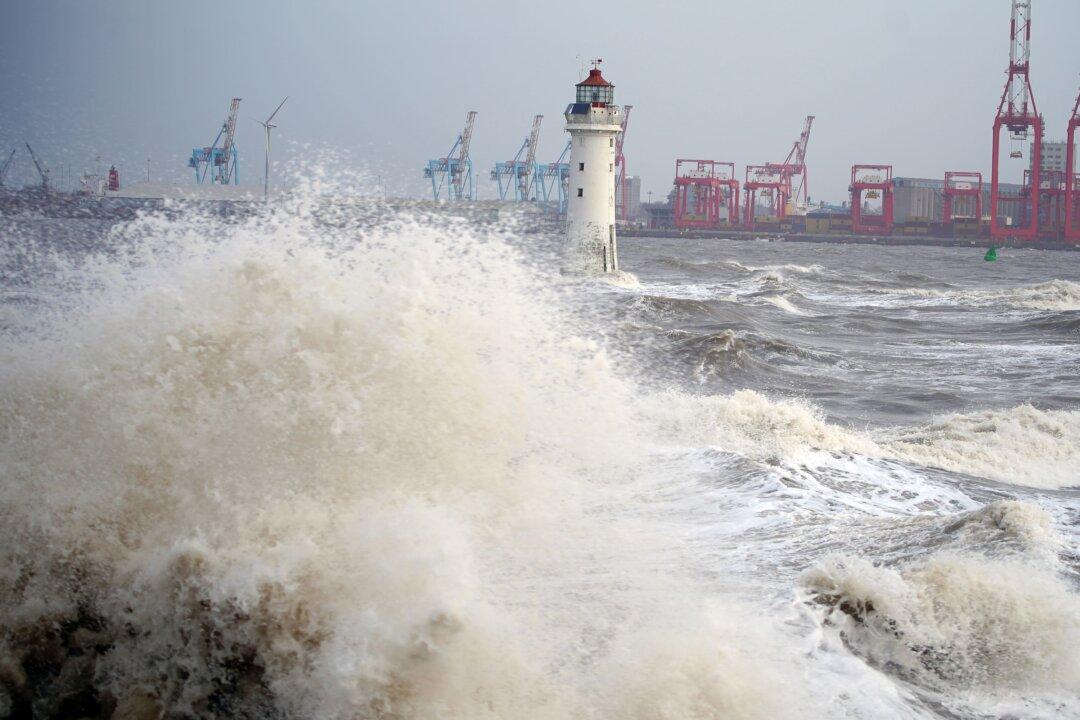Dozens of UK flights have been cancelled as Storm Kathleen brings winds of up to 70 miles per hour—and potentially the hottest day of the year so far.
About 70 flights departing and arriving at UK airports before midday on Saturday have already been cancelled as the Met Office issued a yellow weather warning for wind.




